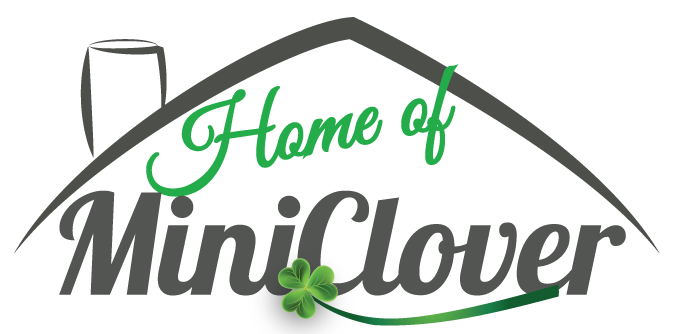-
CATEGORY ::
- All Seeds /
- All Flower Seeds /
- All Penstemon Seeds

Penstemon Seeds - Pink
SEASON
Annual
USDA ZONES
7 - 9
HEIGHT
24 - 30 inches
BLOOM SEASON
Spring through Summer
BLOOM COLOR
Pink
ENVIRONMENT
Full sun to partial shade
SOIL TYPE
Well-drained soils, pH 5.8 - 6.8
DEER RESISTANT
Yes
SEEDS PER POUND
592,000
SEASON
Perennial
USDA ZONES
3 - 6
HEIGHT
24 - 36 inches
BLOOM SEASON
Summer
BLOOM COLOR
Purple-blue
ENVIRONMENT
Full sun
SOIL TYPE
Well-drained, sandy, pH 6.8 - 7.2
DEER RESISTANT
Yes
SEASON
Perennial
USDA ZONES
8 - 10
HEIGHT
28 - 32 inches
BLOOM SEASON
Late spring through fall
BLOOM COLOR
Scarlet
FOLIAGE COLOR
Bronze-green
ENVIRONMENT
Full sun to partial shade
SOIL TYPE
Well-drained soils, pH 5.8 - 6.8
DEER RESISTANT
Yes
SEASON
Perennial
USDA ZONES
3 - 8
HEIGHT
24 - 36 inches
BLOOM SEASON
Early summer
BLOOM COLOR
Pink - lavender
ENVIRONMENT
Full sun
SOIL TYPE
Well-drained, sandy, pH 6.8 - 7.2
DEER RESISTANT
Yes
FOLIAGE COLOR
Bluish-green
SEASON
Perennial
USDA ZONES
6 - 10
HEIGHT
24 - 40 inches
BLOOM SEASON
Spring through summer
BLOOM COLOR
Violet
ENVIRONMENT
Full sun
SOIL TYPE
Well-drained, sandy, pH 6.8 - 7.2
DEER RESISTANT
Yes
SEASON
Annual
USDA ZONES
7 - 9
HEIGHT
24 - 30 inches
BLOOM SEASON
Spring through Summer
BLOOM COLOR
Violet
ENVIRONMENT
Full sun to partial shade
SOIL TYPE
Well-drained soils, pH 5.8 - 6.8
DEER RESISTANT
Yes
SEASON
Perennial
USDA ZONES
5 - 9
HEIGHT
18 inches
BLOOM SEASON
Late Spring through early Summer
BLOOM COLOR
Blue
ENVIRONMENT
Full sun
SOIL TYPE
Well-drained soils, pH 5.8 - 6.8
DEER RESISTANT
Yes
SEASON
Perennial
USDA ZONES
7 - 9
HEIGHT
18 inches
BLOOM SEASON
Late spring to late summer
BLOOM COLOR
Mix
ENVIRONMENT
Full sun to partial shade
SOIL TYPE
Well-drained soils, pH 5.8 - 6.8
DEER RESISTANT
Yes
About...
Penstemon (Penstemon Hartwegii Arabesque Pink) - Also known as, beard-tongues, these drought resistnat, showy plants put on a terrific pink blossoms. This selection blooming from spring through summer in warmer climates.MORE PENSTEMON OPTIONS
Planting Directions
TEMPERATURE
60 - 70F
AVERAGE GERM TIME
14 - 30 days
LIGHT REQUIRED
Yes
DEPTH
Cover lightly, seed should be visible
SOWING RATE
2 - 3 seeds per plant
MOISTURE
Keep seeds moist until germination
PLANT SPACING
16 - 20 inches
Penstemon (Penstemon Hartwegii Arabesque Pink) - Also known as, beard-tongues, these showy, drought resistant plants put on a terrific pink blossoms. This selection blooming from spring through summer in warmer climates. Plants form a bushy compact clump, bearing several spikes of unique and showy, large, pink flowers that feature a contrasting white throat. In hot climates such as the deep south, plant in partial shade even though they are quite resistant to drought. Excellent in pots and tubs as well as directly in the garden. Nice for cutting. Attractive to both butterflies and hummingbirds. Also known as "Summer Snapdragon."
These flowers attract hummingbirds and butterflies into the garden. Beardtongue will tolerate and even thrive in poor soils, but it requires relatively good drainage. Full sun in cool climates and partial shade in the hottest areas is preferred in the xeriscape garden. Penstemon Hartwegii care includes little water once established and avoid overly fertile soil.
Sow Penstemon seeds indoors in starter trays or small pots in late winter. Press the flower seeds into the soil but seed should be visible on the surface of the soil. After danger of frost has passed, harden off the seedlings and transplant them into the xeriscape flower garden. To encourage bushier growth, pinch back the plant at time of transplanting.































